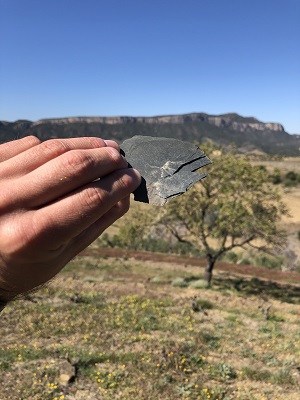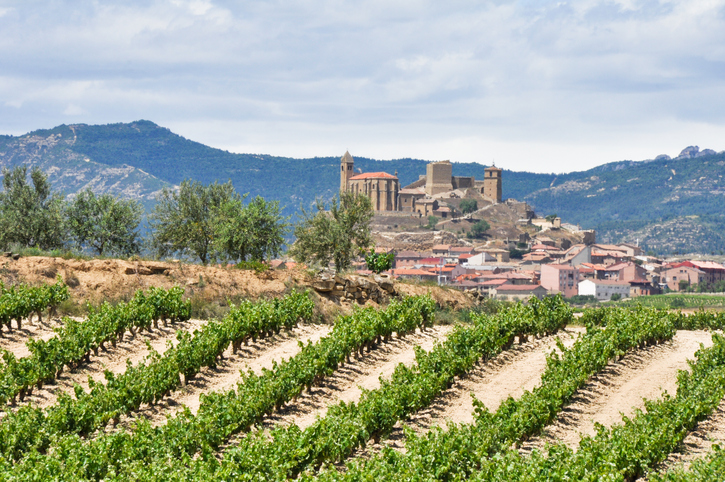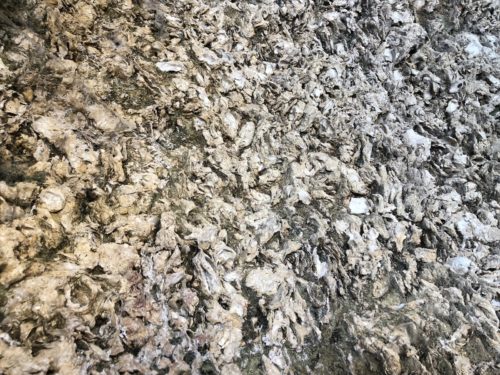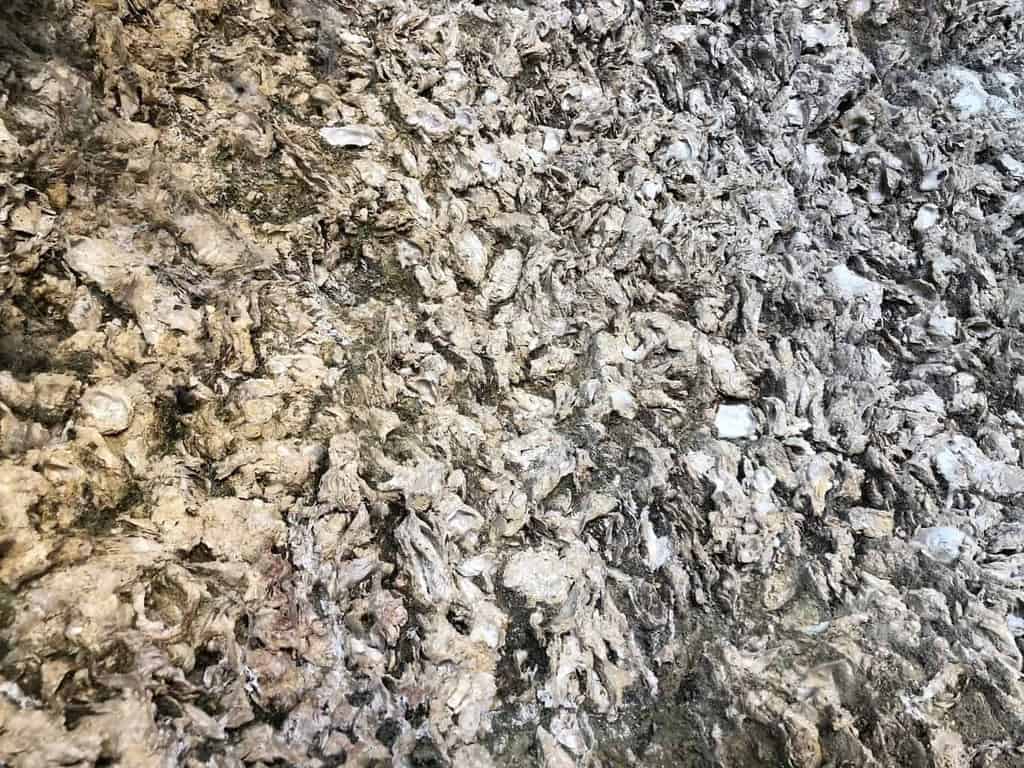Defining Minerality and Mineral Flavors in Wine
While there is no one true definition of minerality in wine, most professionals in the wine industry agree that “minerality” describes the “stony” or “earthy” nature of various aromatics and flavors that can be present in a wine. Where this mineral flavor is derived from varies in opinion and there is no scientific explanation as to which is completely correct (yet).

What is clear, however, is that the soil composition itself can directly affect how grapes grow and ultimately taste. The positioning of various soil compositions within different layers of the earth, how compact they are, and what the chemical makeup is, all play a crucial role in how the root system develops and absorbs nutrients.
Well Known Wines and Wine Regions that Have Mineral Flavors
Priorat
Classic examples of mineral-esque wines can be found within the Priorat wine region of Spain, where the soil makeup is largely that of schist and slate. These large rocky structures offer easy drainage of water and poor nutrients for the vine, forcing the roots to struggle and grow deeper while they search for what they need to survive. At the same time, schist and slate generate excessive heat at the base of the vine during the day, which has an impact on how it grows. All of these factors ultimately affect the flavor concentration of the wine each vintage.
It’s the perfect metaphor that echoes what Teddy Roosevelt once said, “Nothing in the world is worth having or worth doing unless it means effort, pain, difficulty…” The best tasting wines often result from the vines that struggle the hardest. Hence why Priorat is known as one of the most special wine regions of earth.
At the same time, the presence of magnesium, iron, potassium and other common minerals within the earth can change the degree of mineral tastes experienced when you drink wine.
Chablis
Chablis is a popular white wine that comes from the Chablis (Burgundy) region of France, and it’s made from Chardonnay. The cool climate and unique soil in Chablis give the wine a distinct mineral character that is often described as flinty, steely, or chalky. This minerality is thought to come from the limestone soils that are rich in fossilized oyster shells, which lend a saline quality to the wine.
Sancerre
Sancerre is a region within France’s Loire Valley, and wines labeled Sancerre are made from Sauvignon Blanc. The terroir of Sancerre is mostly characterized by limestone and flint soils, which give the wine a mineral quality that is often compared to wet stones or gunflint. This minerality is balanced by notes of citrus and green fruit, and it’s often accompanied by a bright acidity that makes Sancerre a popular choice for pairing with seafood and other light dishes or salads.
Riesling
Riesling is a white wine that is grown in various regions around the world, especially Germany, Austria, and the United States. Some of our favorite Rieslings can be found in New York’s Finger Lakes Region. It’s a versatile grape that can produce wines ranging from bone-dry to sweet, and many of these wines have a pronounced mineral character. The minerality in Riesling is thought to come from the slate, shale, and volcanic soils in which the grape is grown, and it can be expressed as a stony, flinty, or petrol-like quality. Petrol tones are particularly noticeable from regions like the Mosel Valley, in Germany.
Chianti
Chianti Classico is a red wine that comes from the Chianti region of Tuscany, Italy, made primarily from Sangiovese. The soils in Chianti are rich in limestone and clay, and this terroir gives the wine a distinctive mineral character that is often described as earthy, dusty, or rustic. The minerality in Chianti Classico is often balanced by notes of cherry, plum, and leather, and the wine is known for its firm tannins and high acidity.
Muscadet
Muscadet is another white wine that comes from the Loire Valley in France, made from Melon de Bourgogne. The terroir of the Muscadet region is characterized by granite and gneiss soils, which give the wine a mineral character that is often compared to crushed rocks or sea spray. Muscadet is a crisp, refreshing wine that is often paired with oysters and other seafood, and its mineral qualities make it a perfect match for briny, salty flavors.

Describing the Flavors of Minerality in Wine
You’ll often hear wine experts use descriptive phrases and terms along the lines of chalky, wet limestone, slate, flint and gravel-like during their aroma and flavor assessment. In fact, describing minerality (or lack there of) is included in the first part of the master sommelier tasting assessment.

People Describe and Experience Minerality in Different Ways
This is often overlooked, but remember that when interpreting minerality, one individual may perceive and interpret it differently than another. This is also true when describing other aromas and flavor notes within a wine.
If you’ve never smelled wet cement or chiseled limestone up close before, your description may gravitate to other stony objects you’ve interacted with previously. Bare this in mind when assessing or listening to an assessment of a wine. Get out there and try to let your olfactory sense experience as many smells as possible so you can most correctly describe a flavor.
Want To Learn More About Wine? Explore These Other Resources
The Red Wine Production Process: Explained Step-by-Step
The White Wine Production Process: Explained Step-by-Step
Winemaking 101: The Science Behind Growing Grapes
What “Wine Legs” or “Tears of Wine” Actually Tell You About The Wine You’re Drinking
How To Taste Wine Step-By-Step
Simple Guide To Understanding Wine, Wine Styles & Regional Preferences
The Definition of Biodynamic Wine
How Do You Know When Wine Grapes Are Ready To Harvest?
Red Wines To Drink Chilled and What To Pair With Them
7 Things To Know About Pet-Nat Wine
Fun, Weird Facts You Didn’t Know About Wine
7 Things To Know About Sulfites in Wine
